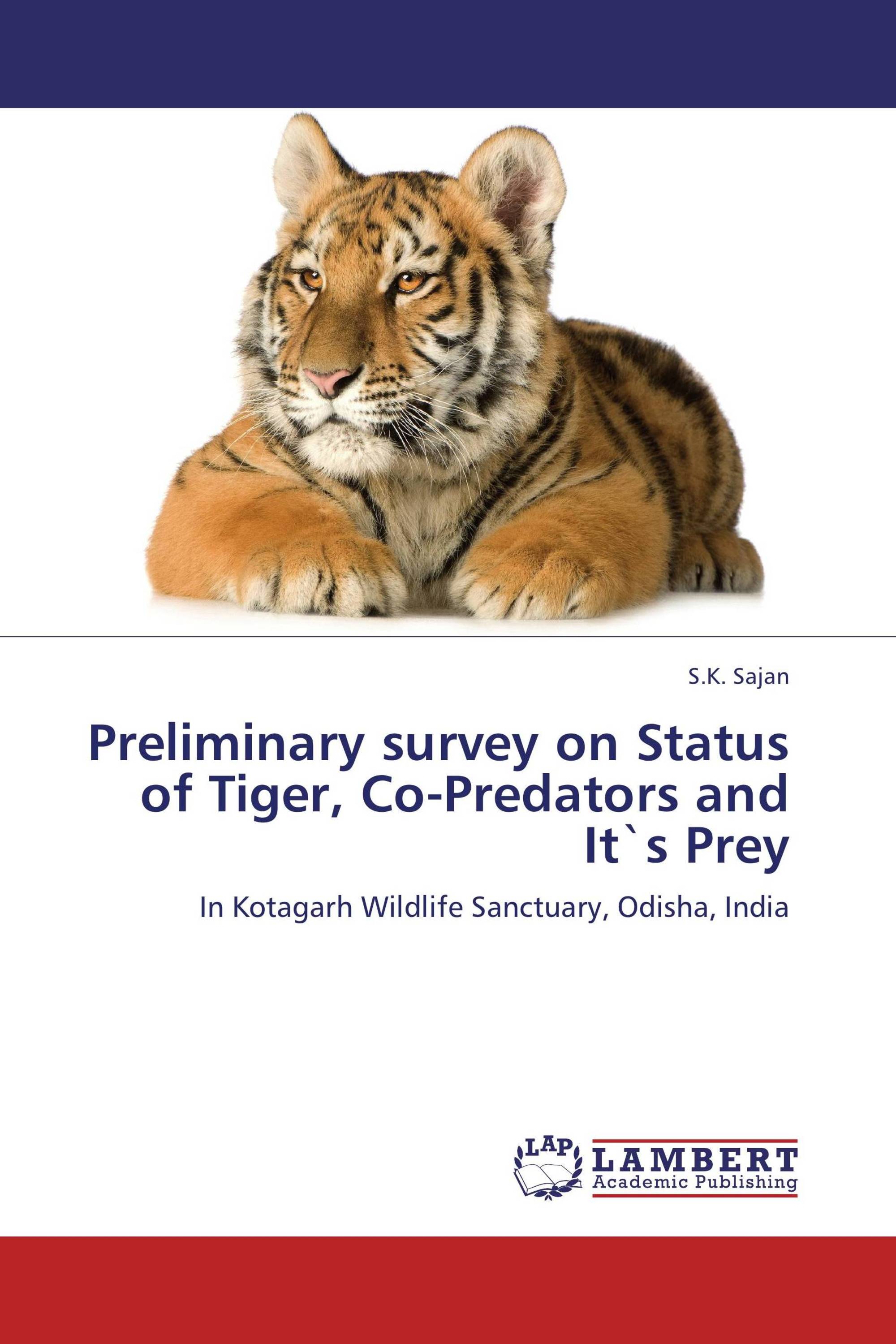

Of these, 29 TCLs (priority Tiger Conservation Landscapes, Tx2 sites) have adequate interconnected quality habitat to meet the population recovery goal of doubling the wild tiger population. Thus, 76 important Tiger Conservation Landscapes (TCLs) have been identified across the globe based on the quality of habitat and their potential to boost conservation efforts. Moreover, other studies in India and Nepal indicate that, as long as they have abundant prey, tigers can also persist well outside protected areas. To protect and conserve such free-ranging large animals, the availability of several such tiger habitats in a large landscape that are connected with each other via corridors is a prior requirement for better sustainability.

Ĭarnivores such as tigers require undisturbed habitats in a large landscape, especially with abundant prey, to uphold long-term genetic and demographic viability. Globally, many large carnivore populations are on the verge of collapse, which poses a serious risk of local and, in some cases, complete extinction. Being keystone, flagship, and umbrella species, they play a crucial role in regulating and maintaining forest ecosystems, and their loss can have long-term impacts on ecosystem stability and processes. The tiger ( Panthera tigris), the most iconic large carnivore, and other sympatric predators, such as the leopard ( Panthera pardus), clouded leopard ( Neofelis nebulosa), and Asiatic wild dog ( Cuon alpinus), are found in the forested ecosystems of southeast Asia. Large carnivores are categorized by their large body size and for being apex predators that occupy the top of the food chain. Strict policies are also required to enable PA managers to develop strategic plans to conserve large predators and protect their habitats and corridors. This calls for greater regional and transboundary co-operation on research and knowledge sharing, conservation awareness programs for locals, and cross-border co-operation on wildlife monitoring. Past research also suggests that the landscape holds low abundance of diverse prey species richness ( n = 22), and urgent conservation measures are required to improve their habitat and numbers. Studies suggest that tiger presence is confined to a few areas, while other tiger populations have been extirpated across most parts of the landscape.

Habitat loss, ritual hunting, commercial exploitation, and poaching are the prevailing threats that have resulted in low tiger, co-predator, and prey population densities. The vast area of the proven biodiversity-rich forested landscape is highly suitable for long-term survival of carnivores, such as tigers.

In this review, we compiled information from available literature on 20 years of conservation efforts aimed at tigers, co-predators, and their prey in the Far-Eastern Himalayan Landscape that is situated at the confluence of three global biodiversity hotspots covering parts of India, Myanmar, and China. This review could be useful for formulating conservation plans and actions that could help in the recovery of tiger populations for identifying, restoring, and securing connectivity between key tiger habitats and for addressing other key threats, such as habitat loss, poaching, and trade in wildlife parts.Īddressing the effects of human-caused habitat destruction on free-ranging threatened large carnivores requires actions that go ‘beyond borders’ in conserving and protecting their habitat and prey base. Here, we review and synthesize the available literature on two decades of conservation efforts aimed at the study and conservation of tigers, their co-predators, and prey in the landscape to understand research trends, identify knowledge gaps, and suggest priority areas for future research and conservation interventions. This requires greater regional and cross-border co-operation in conservation research, monitoring, and planning to protect habitats and corridors. However, for tigers to continue to survive into the future, it is important that these key populations remain connected with each other, particularly in this transboundary landscape. National-level efforts aimed at tiger conservation, such as the creation of protected areas, have been critical for the survival of key tiger populations. The Far-Eastern Himalayan Landscape, a global biodiversity hotspot spread across parts of India, Myanmar, and China, holds great potential for the long-term conservation of tiger populations.


 0 kommentar(er)
0 kommentar(er)
